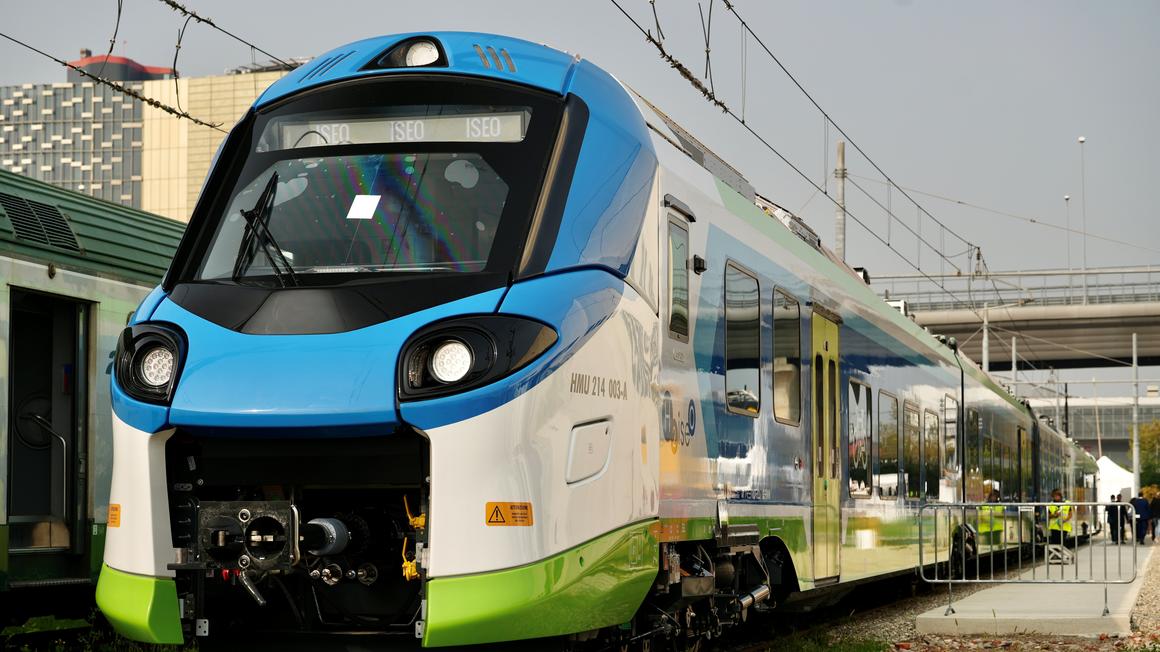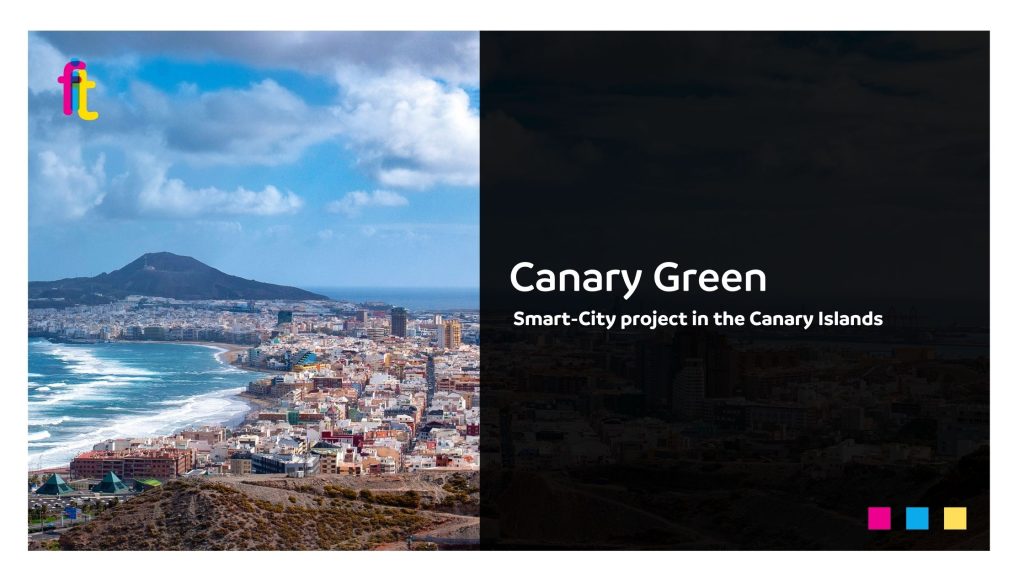Tests underway for the first hydrogen train in Italy: here’s how it works
Italy’s first hydrogen-powered train arrived in Rovato, in the province of Brescia. It is part of an innovative project that involves the introduction of 14 hydrogen-powered trains, purchased by FNM with support from the Lombardy Region and PNRR funds, on the non-electrified Brescia–Iseo–Edolo line.
In recent weeks, the first round of testing has been completed, including initial hydrogen refueling trials with hydrogen supplied by Sapio. The goal is to serve the Brescia–Iseo–Edolo line — currently operated with diesel trains — by the first half of 2026, pending all necessary approvals, thereby contributing to the creation of Italy’s first Hydrogen Valley.
How do the trains work? These new Coradia Stream trains use hydrogen stored in a “power car,” to generate electricity. Here, the stored hydrogen is combined with oxygen from the outside air in fuel cells to produce electrical energy. This energy is also stored in high-performance lithium-ion batteries, which are especially useful during acceleration. The entire process happens without CO2 emissions.
Each train can accommodate up to 240 passengers and travel more than 600 kilometers on a single hydrogen refill. The trains are designed and built in Italy at various Alstom facilities: Savigliano handles development, certification, production, and testing; Vado Ligure (SV) is responsible for the power car, which houses the hydrogen technology; Sesto San Giovanni (MI) supplies the components; and Bologna develops the signaling system.
The project is co-funded by the European Union through the IPCEI Hydrogen program.
What are the main advantages of hydrogen technology, and how does it differ from electric trains?
Electric trains are not always the ideal solution. In fact, not all railway lines are electrified or can be electrified, and in some cases — such as long-distance or low-traffic routes — installing the necessary infrastructure can be too expensive. In these situations, hydrogen offers a sustainable alternative that is also suitable for journeys of over 1,000 kilometers.
From a passenger’s perspective, there’s no difference: comfort and capacity are the same as on electric trains. However, costs vary depending on several factors, such as the layout of the railway network, the nature of the route, and the cost of energy.
Picture credits: Alstom










